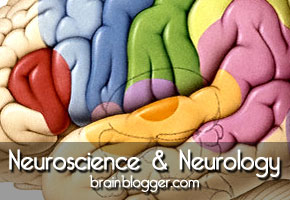Read the rest.What is Proprioception?
Everyone learns in school about the five senses: vision (sight), audition (sound), olfaction (smell), taction (touch), and gustation (taste). These senses are responsible for our interaction with the external world. Additionally, we have several senses that are responsible for our internal functioning. One of the most important internal senses is called proprioception, or position sense. Proprioception affects our lives every moment of every day, and allows us to accomplish complex tasks that would otherwise be impossible. The sense is so fundamental to our functioning that we take its existence for granted.
Proprioception allows humans to control their limbs without directly looking at them. Take, for example, the complex task of driving. We are able to keep our eyes on the road and simultaneously adjust our arms and hands on the steering wheel, and apply the appropriate amount of pressure to the pedals to maintain speed. Talented drivers can also change the radio station, eat small meals, reach for something in the rear seat, or any host of other tasks while maintaining eye contact with the road ahead. If humans had to observe their limbs to successfully accomplish tasks, we would have to look down at our feet every time we wanted to change from gas to brake, or stare at our arms if we wanted to make a right turn. The distraction would make driving nearly impossible.
Human beings do not have a single organ for proprioception. Instead, the sense is processed by the entire nervous system as a whole. Inside every muscle and joint lie tiny meters called muscle spindles and Golgi tendons that constantly measure the amount of tension and degree of contraction. This information travels up a discreet highway in the spinal cord called the spinocerebellar tract, and makes its way to the cerebellum. The cerebellum accepts information from every muscle and joint in the body, and calculates where the limbs must be in space. The system is not perfect, but gives a rough estimate to allow for basic task completion. We can use our vision to confirm limb position for more technically demanding tasks.
Offering multiple perspectives from many fields of human inquiry that may move all of us toward a more integrated understanding of who we are as conscious beings.
Pages
▼
Thursday, June 11, 2009
Brain Blogger - What is Proprioception?
Brain Blogger (great blog, by the way) offers a nice introduction to the notion of proprioception - a very useful concept for anyone who works with bodies, including their own.
Tags:


No comments:
Post a Comment